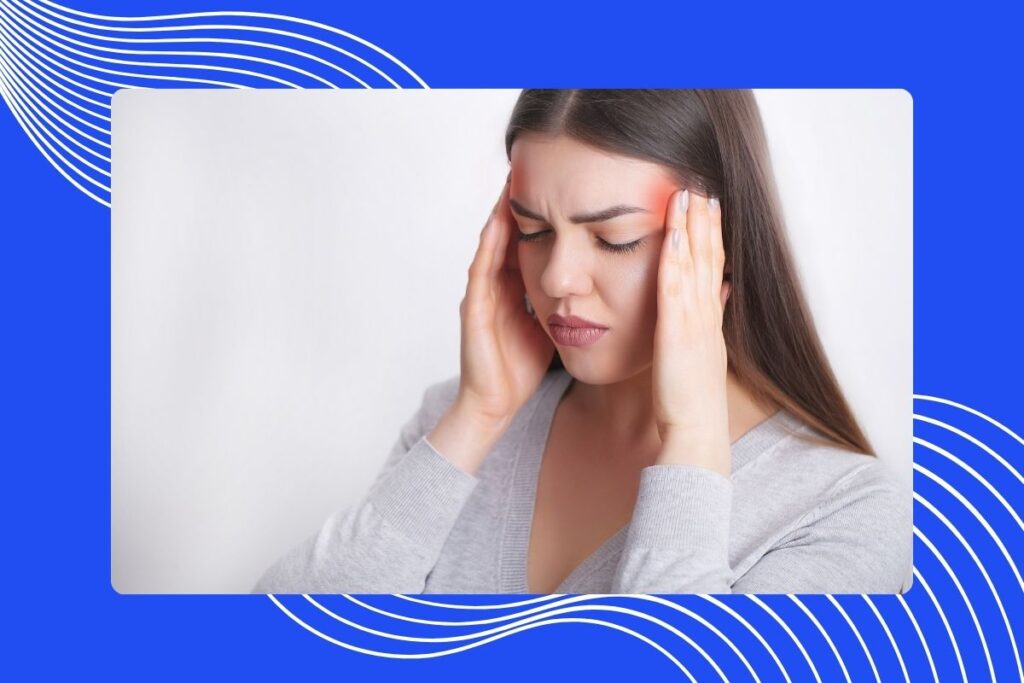Migraines and headaches are among the most common types of pain experienced by people worldwide. For some, they occur occasionally, while for others, they can be a chronic and debilitating condition. Whether it’s a tension headache after a stressful day or a full-blown migraine that keeps you in bed for hours, the pain can be difficult to manage without proper techniques. This blog explores various strategies and treatments that can help alleviate migraines and headaches, allowing sufferers to regain control over their lives.
Understanding Migraines and Headaches
Not all headaches are created equal, and understanding the difference between common headaches and migraines is crucial for effective management.
Types of Headaches:
- Tension Headaches: The most common type of headache, often caused by stress, muscle tension, or fatigue. These headaches feel like a tight band around the head and can last for hours or even days.
- Cluster Headaches: Severe headaches that occur in cyclical patterns, often causing intense pain around one eye or on one side of the head.
- Migraines: Unlike tension headaches, migraines are more intense, often accompanied by symptoms like nausea, vomiting, and sensitivity to light and sound. Migraines can last from a few hours to several days and significantly impact daily life.
Causes of Headaches
Headaches can be triggered by various factors, including:
- Stress: Emotional or physical stress leads to muscle tension, causing tension headaches or triggering migraines.
- Dehydration: Lack of adequate hydration is a common cause of both tension headaches and migraines.
- Diet: Certain foods and drinks like caffeine, alcohol, processed foods, and additives (e.g., MSG) can trigger headaches, especially migraines.
- Hormonal Changes: Fluctuations in hormones, particularly in women during menstruation, pregnancy, or menopause, can lead to migraines.
- Sleep Disruptions: Too much, too little, or poor-quality sleep can trigger headaches, particularly migraines.
- Environmental Triggers: Bright lights, loud noises, strong smells, and weather changes can spark migraines.
- Physical Strain: Overexertion during intense physical activity can cause exertional headaches.
- Poor Posture: Sitting or standing improperly for long periods can cause tension headaches due to muscle strain in the neck and shoulders.
Medication-Based Pain Management
One of the most straightforward approaches to managing migraines and headaches is through medication. Various options are available, ranging from over-the-counter pain relievers to prescription medications designed to treat chronic headaches or migraines.
Over-the-Counter Medications
For mild headaches, common pain relievers like ibuprofen, aspirin, and acetaminophen can provide relief. These are often the first line of defense for tension headaches, and in some cases, they can also help alleviate mild migraine symptoms.
Prescription Medications
For more severe or chronic migraines, prescription medications may be necessary. Triptans, a class of drugs specifically designed to target migraines, can be effective in reducing pain by constricting blood vessels and blocking pain pathways in the brain. Other prescription options include ergotamines, which also help reduce migraine symptoms, and anti-nausea medications that address the gastrointestinal symptoms associated with migraines.
Preventive Medications
For individuals who experience frequent migraines, preventive medications can be a long-term solution. Beta-blockers, anticonvulsants, and antidepressants are often prescribed to reduce the frequency and severity of migraines. These medications work by stabilizing the nervous system and preventing the onset of migraines before they occur.
Lifestyle and Behavioral Techniques
Medication alone is often not enough to manage headaches and migraines effectively. Incorporating lifestyle changes and behavioral techniques can help reduce the frequency and intensity of these painful episodes.
Stress Management
Stress is one of the most common triggers of both tension headaches and migraines. Practicing relaxation techniques such as mindfulness, meditation, and deep breathing exercises can reduce stress levels and prevent headaches. Yoga and other low-impact exercises that promote relaxation can also be beneficial.
Regular Sleep Patterns
Poor sleep can exacerbate headaches and trigger migraines. Maintaining a consistent sleep schedule, aiming for 7-9 hours of sleep per night, and practicing good sleep hygiene can significantly reduce headache occurrences.
Hydration and Diet
Dehydration is a common cause of headaches, and drinking enough water throughout the day can prevent tension headaches. Additionally, certain foods and drinks, such as caffeine, alcohol, processed foods, and artificial sweeteners, can trigger migraines. Identifying and avoiding these triggers is crucial for long-term headache management.
Physical Therapy and Exercise
Physical therapy can be an effective method for treating tension headaches caused by muscle tightness and poor posture.
- Stretching and Posture Correction: Headaches can often result from muscle tension in the neck and shoulders, especially for people who spend long hours sitting at a desk. Physical therapy that focuses on stretching exercises and posture correction can relieve tension headaches and prevent them from recurring.
- Exercise: Regular physical activity has been shown to reduce the frequency of headaches and migraines. Exercise releases endorphins, which act as natural painkillers, and improves blood flow, which can help prevent headaches. Moderate exercise such as walking, swimming, or cycling is ideal for managing headaches without overexerting the body.
Alternative Therapies
For individuals looking for more holistic or complementary treatments, several alternative therapies have shown promise in reducing headache and migraine pain.
- Acupuncture: This traditional Chinese medicine technique involves inserting thin needles into specific points of the body. Acupuncture is believed to help regulate energy flow and has been found to relieve pain in some migraine sufferers.
- Chiropractic Care: Chiropractic spinal manipulation can help reduce tension in the neck and spine, which is often a contributing factor to headaches. Chiropractors can help align the spine and relieve pressure that may be causing headaches, particularly tension headaches.
Trigger Management
Trigger management is essential in preventing migraines and headaches. By identifying and avoiding personal triggers, individuals can significantly reduce the frequency of headaches. Keeping a headache diary helps track patterns and pinpoint triggers like certain foods, weather changes, or emotional stress. Once these triggers are identified, proactive steps such as avoiding bright lights, loud noises, and specific foods or making environmental adjustments can help prevent headaches before they start. Managing these triggers effectively can lead to long-term headache relief.
Botox for Chronic Migraines
Botox injections, approved by the FDA for chronic migraines, are an effective treatment for individuals experiencing migraines more than 15 days per month. By injecting small amounts of Botox into targeted areas of the head and neck, doctors can reduce the frequency and severity of migraines, providing significant relief for chronic sufferers.
Key Takeaways
Managing migraines and headaches requires a combination of approaches, including medication, lifestyle changes, physical therapy, and alternative treatments. Understanding the type of headache and its triggers is crucial for developing an effective pain management plan. If you suffer from frequent migraines or debilitating headaches, consulting with a pain management specialist can help you explore personalized treatment options and regain control over your quality of life.



